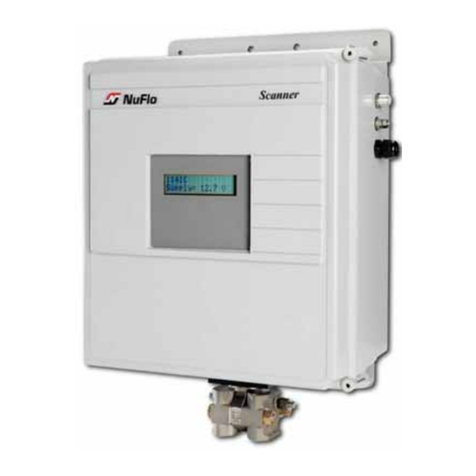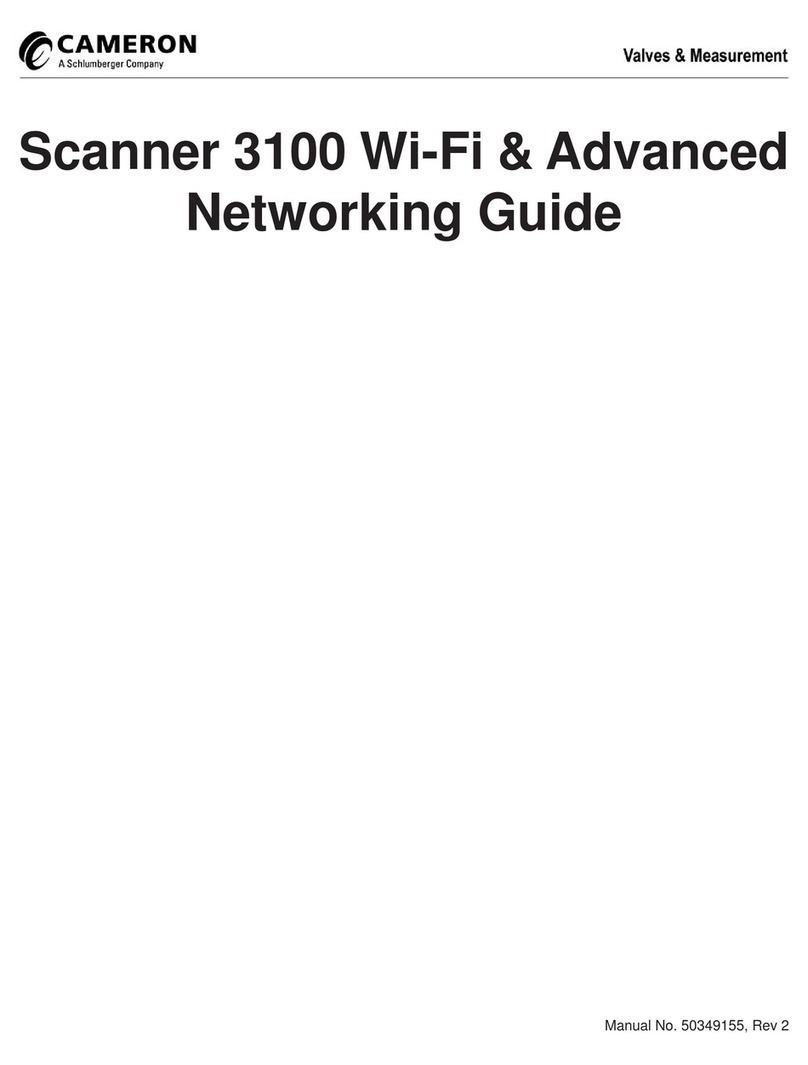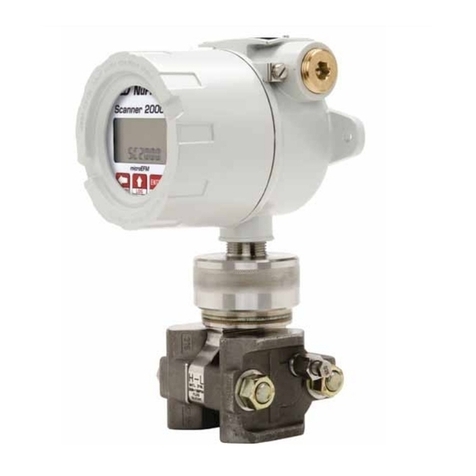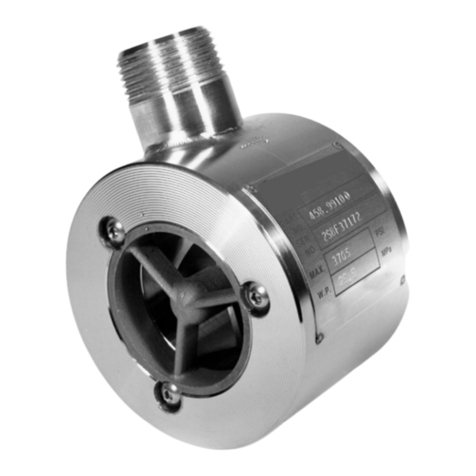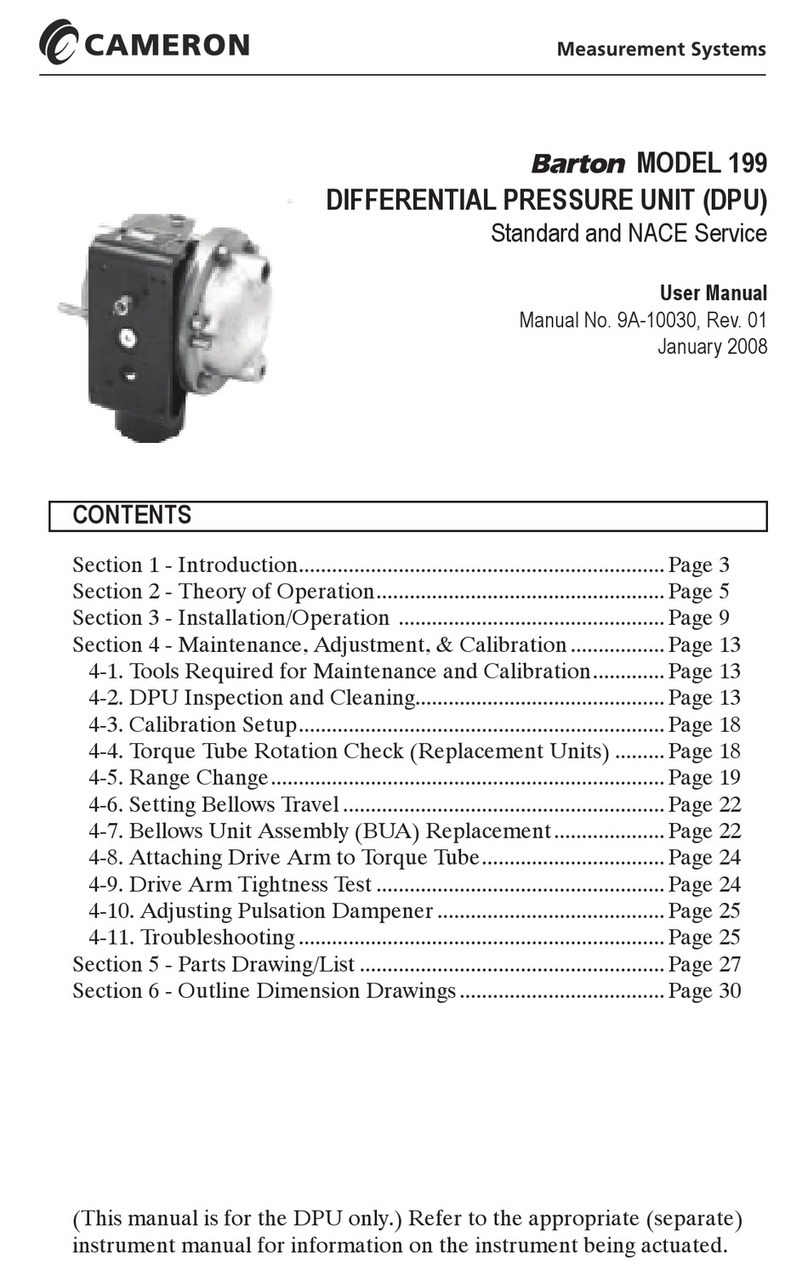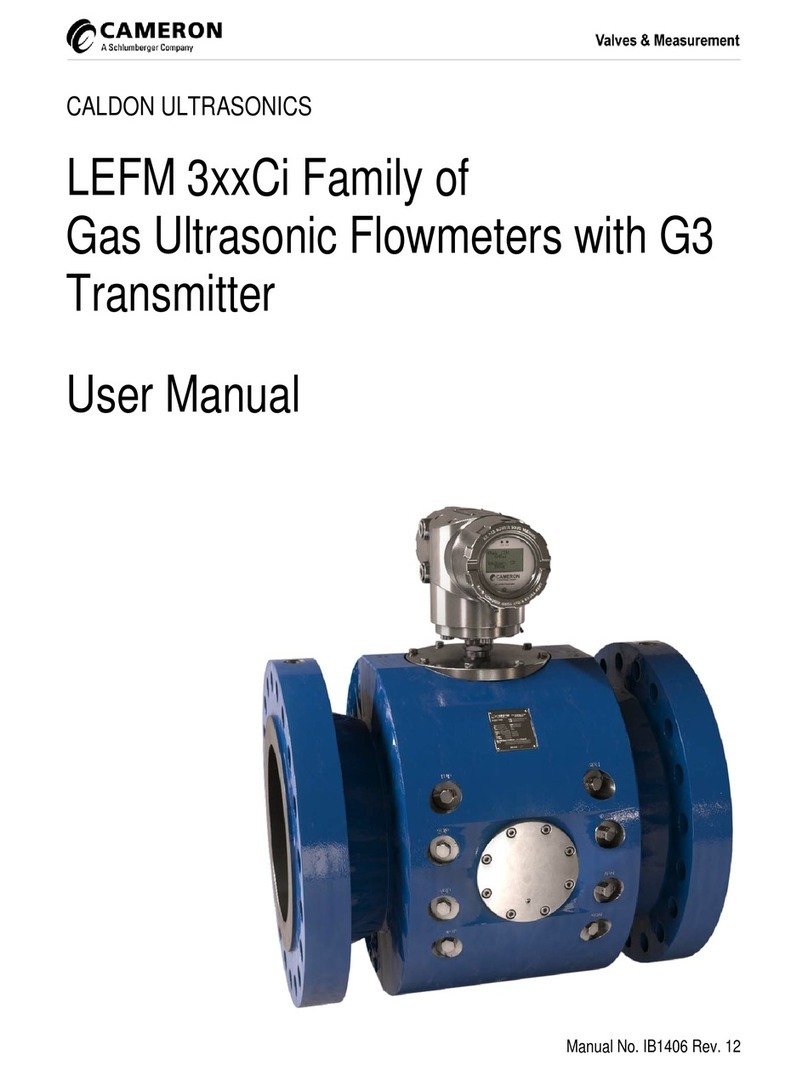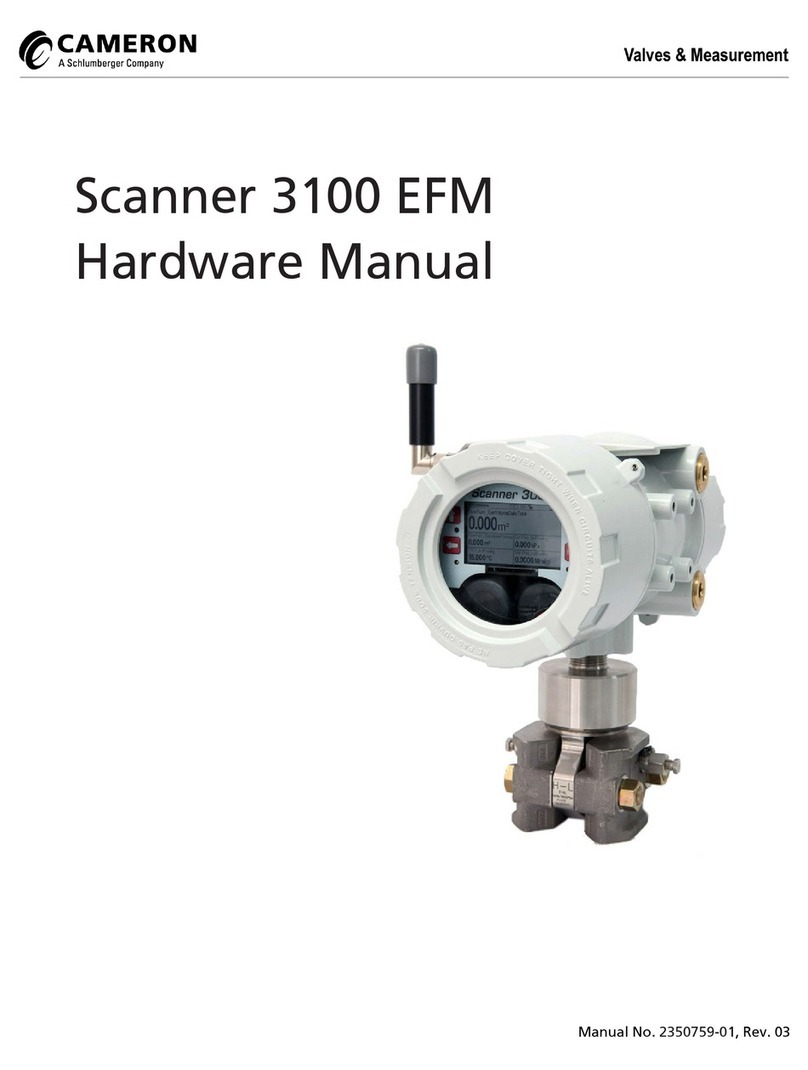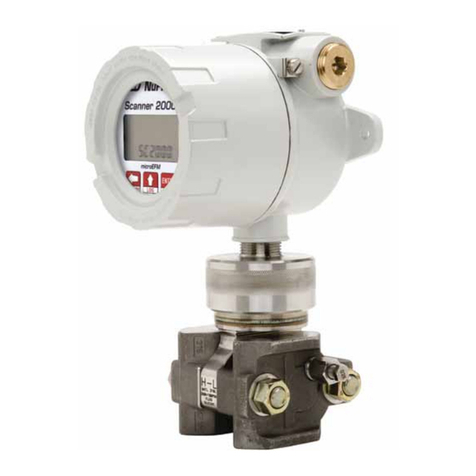
BARTON®NUCLEAR
MODELS 351/352/353
LIQUID LEVEL SYSTEMS
Installation Manual
Part No. 9A-C10521, Rev. 03
November 2015
Contents
Safety............................................................................................................... 2
Section 1— Introduction................................................................................ 3
General ......................................................................................................... 3
Product Description....................................................................................... 4
Model 351 Liquid Level System ................................................................ 4
Model 352 Liquid Level System ................................................................ 4
Model 351/352 System Sensors ............................................................... 4
Model 353 Liquid Level System ................................................................ 5
Sensor Housings and Capillary Tubing......................................................... 5
Specications................................................................................................ 6
Section 2—Theory of Operation.................................................................... 7
General ......................................................................................................... 7
Model 353 Sensor ..................................................................................... 7
Section 3—Installation................................................................................... 9
Unpacking..................................................................................................... 9
Model 353 Sensor Assembly..................................................................... 9
Mounting ....................................................................................................... 9
Piping and Installation................................................................................... 9
Section 4—Operation, Maintenance, and Calibration............................... 13
Startup ........................................................................................................ 13
General Field and Periodic Maintenance.................................................... 13
Model 351 Sensor Inspection and Cleaning............................................ 13
Model 353 Sensor Inspection and Cleaning ........................................... 13
Model 353 Sensor Bellows Removal/Replacement.................................... 14
Calibration................................................................................................... 16
Troubleshooting .......................................................................................... 16
Section 5—Parts List.................................................................................... 17
General ....................................................................................................... 17
Section 6—Dimensional Drawings ............................................................. 27
General ....................................................................................................... 27
Product Warranty ........................................................................................ 33
Product Brand............................................................................................. 33
